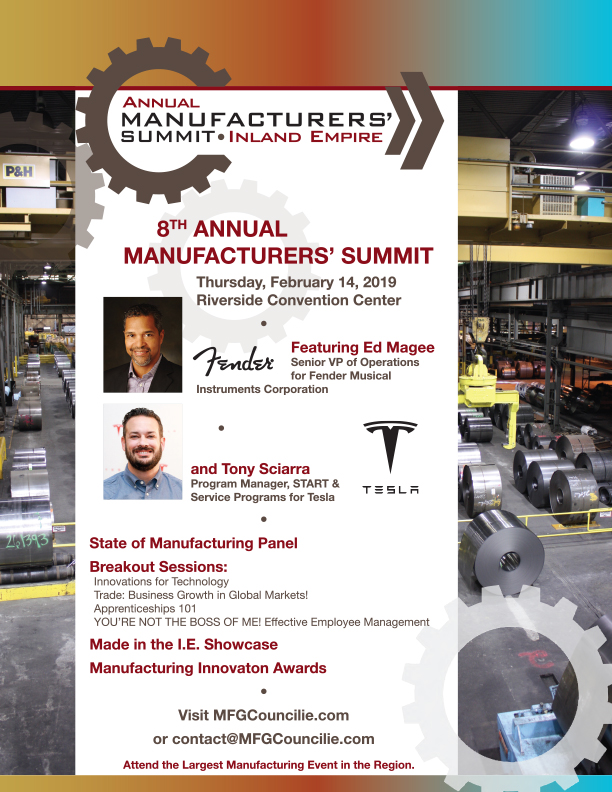Preface:
The packaging industry is currently on blast, meaning, there are hundreds if not thousands of reports on how single-use and nonrecyclable packaging is devastating some of the most beautiful places on the planet. There have been disturbing videos of trash, debris, and indecomposable plastics washing up on shore in waves, literally. Single-use plastics are no doubt the culprit; often dumped into the ocean, river and washed down by rainstorms that result in huge environmentally impactful phenomenon like the Great Pacific Garbage Patch, Beirut’s River of Garbage (Lebanon), La Pasion River crisis and the Dominican Republic beach full of trash.
Solutions:
While many city, state and federal governments have established prohibitions on single-use plastics, that will likely not be enough to reduce the impact that has already been done. In fact, there may not be a reasonable solution for years to come. However, companies who rely on plastics do have options for reducing their impact on the environment moving forward. A company who wants to be more environmentally responsible can do so in a variety of different ways:
- Reduce/ eradicate single-use plastics altogether.
- Use biodegradable plastic material for parts that will decompose.
- Make the product easy to recycle.
- Use environmentally friendly packaging solutions.
Eco-friendly Packaging Solutions
Single-use packaging (grocery store bags, meat packaging, plastic wrapping, etc.) is one of the biggest contributors to the environmental crisis. The plastic is bad for the ecosystem, the animals that live there and will be bad for humans too! We are not immune to the chemicals that plastic can release once it is broken down by sea water; it can even end up in the food we eat like fish!
The best thing to do as a company going forward is finding solutions for packaging that can reduce the impact your product makes on the environment. Surprisingly, there are a lot of options and the list is growing as we progress with technology and awareness. Even if your company is committed to using plastic packaging, there are ways to make that packaging less or completely impactful on the environment. These changes can be costly or cost-effective, but either way, the environment will be the ultimate beneficiary of the move. However, your company can benefit too! There are plenty of branding opportunities with biodegradable plastics, and often consumers will look to see if you’re being environmentally responsible. Now more than ever!
If you want some examples of creative ideas for sustainable packaging, check out this blog post.
Authors note: My favorite packaging solution story is that of Saltwater Brewery’s Eco-Six Pack Rings. These rings are a really great solution to the disparaged plastic-ringed six packs.
Scroll to the bottom to see how our company has helped with our customer’s products and packaging.
Biodegradable vs Compostable
While these two terms seem interchangeable, they are far from that. There are some key differences between biodegradable plastics and compostable plastics; each with their own set of properties and criteria.
Compostable Plastic is plastic which is “capable of undergoing biological decomposition in a compost site as part of an available program, such that the plastic is not visually distinguishable and breaks down to carbon dioxide, water, inorganic compounds, and biomass, at a rate consistent with known compostable materials (e.g. cellulose). and leaves no toxic residue.” American Society for Testing & Materials (ASTM).
In order for a plastic to be deemed compostable, it must meet three specific requirements:
- Biodegrade- Must break down into water, CO2 or biomass at the same rate as paper.
- Disintegrate- The material is not distinguishable in the compost.
- Eco-toxicity- Does not produce toxic material and can support plant growth.
Biodegradable Plastic is plastic which will degrade from the action of naturally occurring microorganism, such as bacteria, fungi etc. over a period of time. Note, that there is no requirement for leaving “no toxic residue“, and as well as no requirement for the time it needs to take to biodegrade.
How Plastics Plus Technology has Helped its Customers Find More Sustainable Solutions:
For some of our customers, we offer biodegradable low-density polyethylene bags (ECLE).
These bags contain an additive that helps the material breakdown without compromising specs
like:
Shelf-life
Strength
Clarity
Printability
The biodegradable bags break down when in contact with other biodegradable substances found in landfills, home, and garden compost. The bags are offered in different colors, thicknesses and can be run on automated packaging systems. For more info on the bags itself, visit our supplier www.autobag.com.
Although not the only way, biodegradable packaging is one way to leave the planet less impacted by consumers. Like anything else, these bags and other sustainable packaging systems have to be disposed of properly to have the desired effect on the environment.




 For instance, high temperature engineering grade materials are not good candidates for cavities produced from this particular material. Generally materials with lower melt temps work best for use in 3d printed molds utilizing this technology. The cavities have poor cooling characteristics and the cycle times can be very long.
For instance, high temperature engineering grade materials are not good candidates for cavities produced from this particular material. Generally materials with lower melt temps work best for use in 3d printed molds utilizing this technology. The cavities have poor cooling characteristics and the cycle times can be very long. lactic acid. Microorganisms can metabolize Lactic acid and the remaining compounds and turn them into nutrients for the soil. The bi-products of composted PLA consist of carbon dioxide, water and soil nutrients. This is a much cleaner alternative to typical plastic resins and may be a great fit for certain applications. There are many different injection molding grades of PLA and manufacturers are constantly tweaking the formula of these materials to make them meet the needs of an ever growing list of applications.
lactic acid. Microorganisms can metabolize Lactic acid and the remaining compounds and turn them into nutrients for the soil. The bi-products of composted PLA consist of carbon dioxide, water and soil nutrients. This is a much cleaner alternative to typical plastic resins and may be a great fit for certain applications. There are many different injection molding grades of PLA and manufacturers are constantly tweaking the formula of these materials to make them meet the needs of an ever growing list of applications.